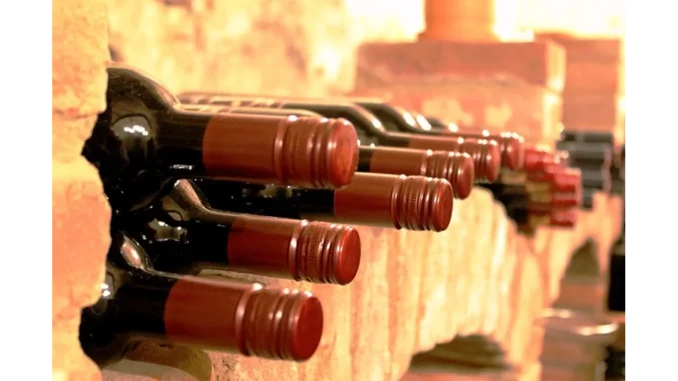
In a recent conversation with Edward Turner, an avid wine investor and enthusiast, I delved into the nuances of investing in fine wines, particularly from the renowned regions of Bordeaux and Burgundy. Edward’s journey into the world of wine investment has been both educational and financially rewarding, but he emphasised one critical aspect that often gets overlooked by beginners: proper storage.
“Investing in fine wine is not just about picking the right bottles,” Edward began, his eyes lighting up as he recounted his experiences. “It’s also about ensuring those bottles remain in prime condition until you’re ready to sell them. This is where storage becomes paramount.”
Edward’s introduction to wine investment was somewhat serendipitous. “I attended a wine tasting event a few years ago, and I was captivated by the stories behind each bottle,” he explained. “I started researching and realised that wine, particularly from Bordeaux and Burgundy, could be a lucrative investment. But I quickly learned that without proper storage, even the best wines could lose their value.”
Why Storage Matters
The importance of storage cannot be overstated. Fine wines are delicate and can be easily ruined by improper conditions. “Wine is a living thing,” Edward said. “It evolves over time, and its environment plays a significant role in how it matures. Heat, light, and fluctuating temperatures can all negatively impact a wine’s quality.”
Edward highlighted that wines from Bordeaux and Burgundy are particularly sensitive. “These wines have incredible aging potential, often developing complexity and depth over a decade or more. But this potential can only be realised if they are stored correctly.”
The Essentials of Proper Wine Storage
So, what does proper wine storage entail? Edward shared some key insights:
-
Temperature Control: “The ideal storage temperature for wine is around 12-14°C (55-57°F). Consistency is crucial. Fluctuations can cause the wine to expand and contract, which can damage the cork and let air into the bottle, ruining the wine.”
-
Humidity Levels: “Maintaining a humidity level of around 70% is important to keep the cork from drying out. A dry cork can shrink, allowing air to seep into the bottle. On the other hand, too much humidity can encourage mould growth on the labels, which can affect the wine’s resale value.”
-
Light and Vibration: “Wine should be stored away from direct sunlight and strong artificial light. UV rays can degrade and prematurely age wine. Additionally, vibrations can disturb the sediment in wine, affecting its aging process. This is why wine cellars and professional storage facilities are often located underground.”
-
Orientation: “Always store wine bottles on their side. This keeps the cork moist, preventing it from drying out and letting air into the bottle.”
In Bond Storage
For investors, Edward recommended considering ‘in bond’ storage. “Storing wine ‘in bond’ means it is kept in a bonded warehouse under customs control. This defers duty and VAT until the wine is removed for sale, ensuring it remains in pristine condition and preserving its investment value.”
Edward explained that ‘in bond’ storage offers several benefits. “Firstly, it guarantees optimal storage conditions. Secondly, it provides provenance and authenticity, which are crucial for resale. Buyers are more confident purchasing wines that have been stored in bond, as they know the wine has been well-maintained.”
Building a Secure Wine Portfolio
Edward’s advice extended beyond storage to building a diversified wine portfolio. “While Bordeaux and Burgundy are excellent starting points, I always recommend diversifying your investments. Include wines from other regions and different vintages to spread the risk and increase potential returns.”
He also stressed the importance of buying from reputable merchants. “Establishing a relationship with trusted wine merchants is essential. They can help you identify wines with strong investment potential and provide guidance on storage options.”
A Personal Touch
Edward’s final piece of advice was to enjoy the journey. “Investing in wine should be a pleasure, not just a financial endeavour. Learn about the wines you’re investing in, visit the vineyards if you can, and even taste the wines when possible. This personal connection adds a layer of enjoyment and understanding that goes beyond mere numbers.”
As our conversation drew to a close, it was evident that Edward’s passion for wine extended far beyond its financial potential. “Wine is a fascinating asset,” he said with a smile. “It’s a blend of art, science, and history, all encapsulated in a bottle. Proper storage is just one aspect, but it’s a crucial one that ensures your investment can reach its full potential.”
For those considering stepping into the world of fine wine investment, Edward’s journey and insights offer a valuable roadmap. From understanding the importance of storage to building a diversified portfolio, his experience underscores the blend of knowledge, care, and passion required to succeed in this unique market.
Author: Olivia


Be the first to comment